Disclosure: This article contains affiliate links. We may earn a commission from purchases at no extra cost to you, which helps our travel content.
The 180-kilometer journey from Faisalabad to Lahore feels like traveling through layers of time, where Pakistan's industrial present meets its cultural soul. Having spent three weeks documenting traditional herbalists in Punjab's textile city before making my way to the provincial capital, I've discovered that the real magic lies not just in these urban centers, but in the tapestry of experiences that connect them. This route offers a unique window into Pakistan's heartland that most travelers miss entirely—ancient healing practices preserved in village homes, sustainable farming techniques that have withstood centuries, and culinary traditions that tell stories of conquest and resilience. As someone who straddles Eastern and Western perspectives, I found this journey particularly illuminating about how traditional knowledge systems adapt to modernization—something that resonates deeply with my work in both ancestral medicine and sustainable technology.
Understanding Faisalabad: Beyond the Textile Mills
Faisalabad—once called Lyallpur during British colonial rule—reveals itself slowly to those willing to look past its industrial facade. While most visitors fixate on its famous textile mills and bustling bazaars, I discovered a city with surprising depth during my research into traditional medicine practices.
The city's eight bazaars radiating from the historic Clock Tower (Ghanta Ghar) follow a unique wheel-like layout influenced by British urban planning. Each spoke leads to different treasures: Katchery Bazaar for traditional fabrics, Aminpur Bazaar for local handicrafts, and Jhang Bazaar where I found elderly herbalists still practicing centuries-old remedies.
One afternoon, I visited Jinnah Garden (Company Bagh) with my travel journal to document the medicinal plants growing there. A local elder approached me, noticing my interest, and shared how his family had been using specific combinations of neem, turmeric, and local herbs for generations. These informal exchanges often provide more authentic insights than any organized tour.
Don't miss Gumti Water Fountain, a surprisingly peaceful spot where locals gather in the evening. Here, I witnessed multi-generational families sharing stories—the oral tradition of knowledge transfer that parallels how traditional medicine has survived modernization.
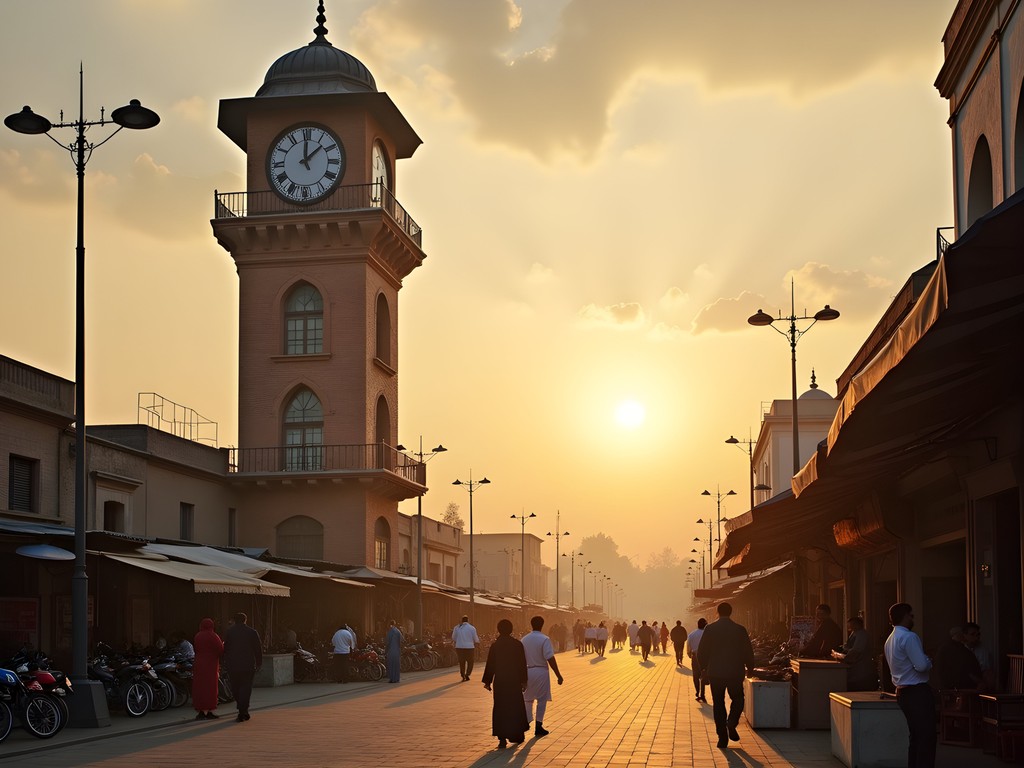
💡 Pro Tips
- Visit Clock Tower early morning (6-8am) to see the bazaars come alive without tourist crowds
- Ask shopkeepers about the history of their family businesses—many are 3rd or 4th generation
- Try the local specialty 'chaat' at Dijkot Road rather than in tourist areas
The Journey: Villages and Valleys Between
The route between Faisalabad and Lahore offers far more than the standard highway experience most travelers choose. While the M-4 motorway provides the quickest connection, I opted for the older Grand Trunk Road (GT Road) with strategic detours into rural communities—a decision that transformed a three-hour drive into a two-day exploration.
In Sheikhupura, about halfway through the journey, I discovered the imposing Hiran Minar, a Mughal-era hunting complex built by Emperor Jahangir in memory of his beloved antelope. The site combines architectural grandeur with early sustainable water management systems that still function today—a perfect example of historical sustainability practices I document in my work.
The village of Nankana Sahib, birthplace of Guru Nanak (founder of Sikhism), offers a powerful lesson in religious coexistence. Local Muslim families have preserved Sikh heritage sites for generations. Here, I witnessed traditional healers using plant-based remedies that transcend religious boundaries—knowledge systems that don't recognize the artificial borders we've created.
For capturing these experiences, my travel camera proved invaluable—compact enough for unobtrusive documentation but powerful enough to capture the intricate details of medicinal plants and architectural elements in varying light conditions.
The rural stretches revealed farmers using regenerative agriculture techniques passed down through generations—practices that modern sustainable farming is only now rediscovering. I spent an afternoon with a family that has maintained seed diversity for centuries, protecting heirloom varieties that pharmaceutical companies are now studying for their medicinal properties.
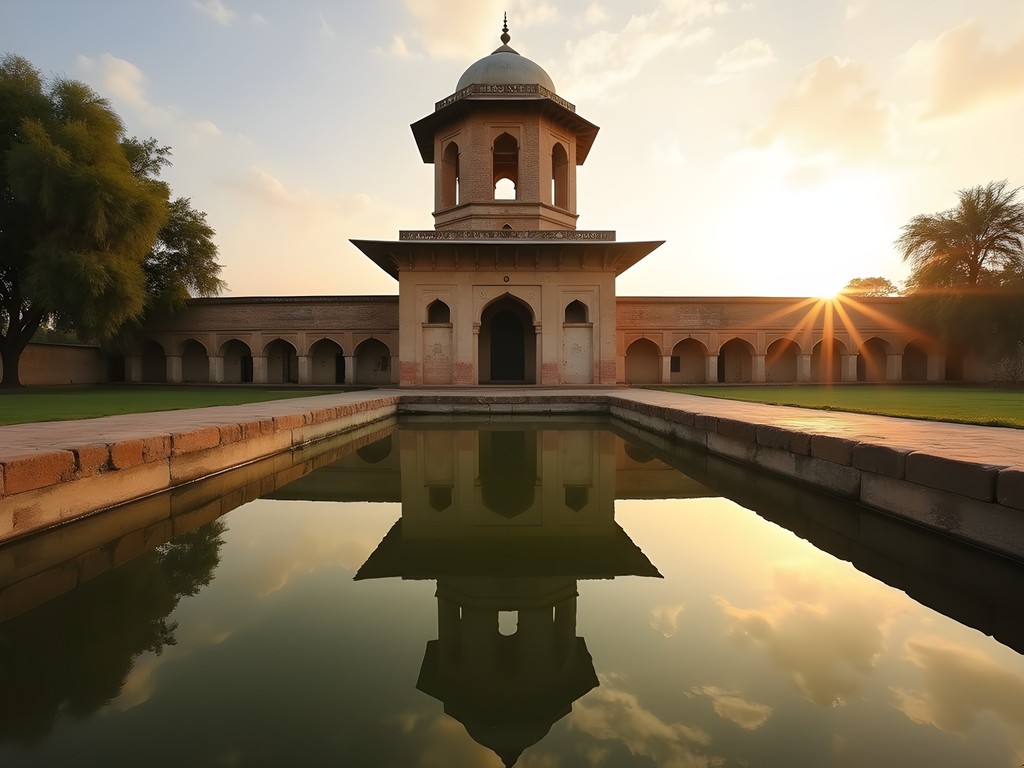
💡 Pro Tips
- Hire a local driver who speaks English for the day (approximately 4000-5000 PKR) to explore villages between main cities
- Pack a water purifier rather than buying plastic bottles—many villages have limited waste management
- Bring small gifts (tea, quality pens) for families who welcome you into their homes
Sustainable Transport & Accommodation Options
Navigating between Faisalabad and Lahore—and the villages between—presents interesting challenges and opportunities for the sustainability-minded traveler. Pakistan's transportation infrastructure varies dramatically, from ultramodern highways to rural roads that haven't changed in centuries.
For the environmentally conscious, Pakistan Railways offers a fascinating alternative to driving. The Faisalabad-Lahore train journey cuts through agricultural landscapes inaccessible by road, with large windows perfect for observing traditional farming practices. The Business Class ticket (approximately 800 PKR/$5 USD) provides comfort without excessive resource consumption. I spent the journey documenting the changing agricultural patterns visible from the window—noting how field sizes and crop diversity decreased closer to urban centers.
When exploring villages between the cities, I used a combination of local transportation and a foldable bicycle that I've modified with reinforced tires suitable for varied terrain. This hybrid approach allowed me to reach remote medicinal plant cultivation sites while minimizing my carbon footprint.
For accommodation, look beyond international hotel chains. In Faisalabad, I discovered Raj Mahal Guest House, a heritage building repurposed with impressive water conservation systems. In the village of Nankana Sahib, I stayed with a family that maintains a traditional haveli (courtyard home) with natural cooling systems that eliminate the need for air conditioning even during warm days. These family stays typically cost 1500-2500 PKR per night including meals—a fraction of hotel prices while providing authentic cultural immersion.
Many rural homestays use traditional clay water filtration systems—technology that's been refined over centuries and provides better-tasting water than modern plastic filters while supporting local artisans who create these systems.

💡 Pro Tips
- Book train tickets 2-3 days in advance through the Pakistan Railways app for best seats
- Rural homestays rarely appear online—ask local tea shop owners for recommendations
- Carry a lightweight sleeping bag liner for village homestays where bedding may be limited
Lahore: Navigating the Cultural Capital Like a Local
Lahore overwhelms the senses in the most magnificent way—layers of Mughal, Sikh, British colonial, and modern Pakistani influences create a cultural density that rivals any global city. Yet most travelers barely scratch the surface, following predictable paths through Badshahi Mosque and Lahore Fort without experiencing the city's living heritage.
Instead of starting at these monuments, begin your Lahore exploration in the lesser-known Walled City neighborhoods like Mochi Gate and Taxali Gate. Here, families maintain traditional crafts in workshops that have operated for generations. I spent a fascinating morning with a third-generation hakeem (traditional medicine practitioner) near Bhati Gate who showed me how they prepare herbal formulations using techniques documented in manuscripts from the 16th century.
For accommodations that provide cultural context, I recommend the small heritage hotels inside the Walled City rather than modern establishments in Gulberg or Defense. Haveli Nau Nihal Singh has been beautifully restored with traditional architectural cooling systems that demonstrate how sustainable design principles have existed in South Asian architecture for centuries.
Food reveals Lahore's soul more authentically than any museum. Skip the tourist restaurants and head to Gawalmandi Food Street after sunset, when local families emerge for dinner. The kababs at Bhaiya Kababi have been prepared using the same recipe since 1947, with subtle spice combinations that reflect pre-partition culinary traditions.
To navigate Lahore's complex streets efficiently, I relied on my travel daypack which proved perfect for carrying water, my documentation equipment, and collected medicinal plant samples while remaining comfortable in the heat. Its side pockets kept my water filter bottle accessible during long walks through the old city, where finding clean drinking water can be challenging.
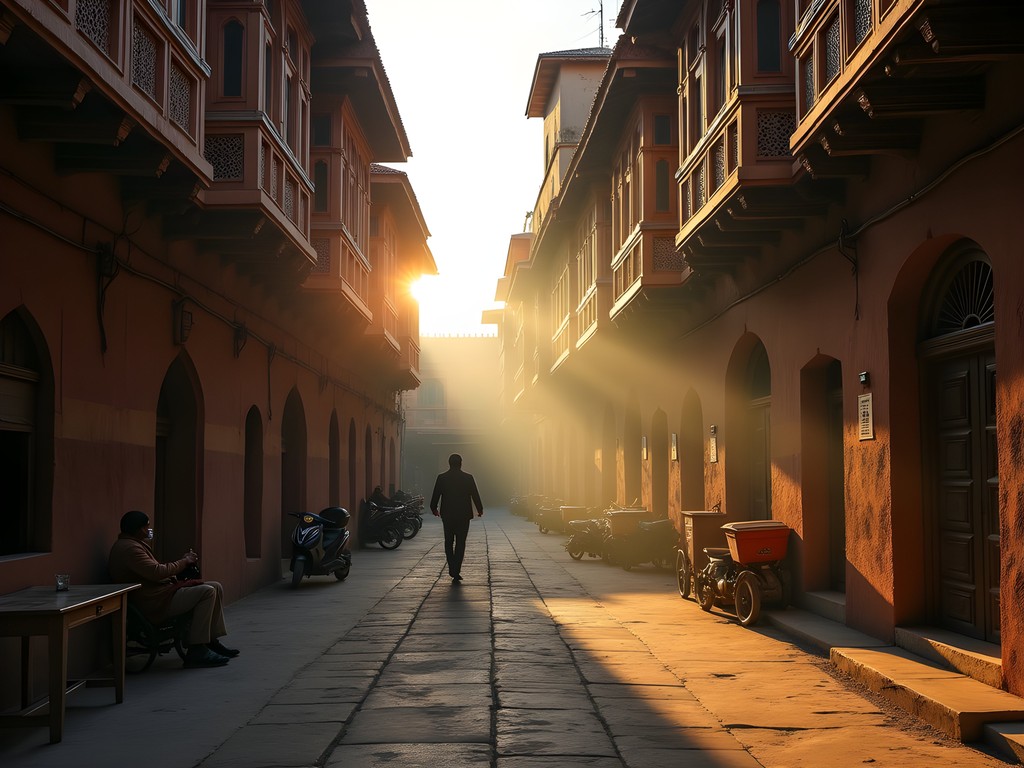
💡 Pro Tips
- Visit Lahore Fort at opening time (8am) to avoid both crowds and midday heat
- Use the Walled City of Lahore Authority's guided walking tours—they employ local residents with deep historical knowledge
- The street food near Anarkali Bazaar is safest between 7-9pm when turnover is highest
Medicinal Traditions: Connecting Past and Future
The journey between Faisalabad and Lahore offers a unique window into South Asia's living pharmacopeia—traditional medicine practices that have evolved over millennia yet remain relevant today. This region sits at the intersection of Unani, Ayurvedic, and folk healing traditions, creating a medical synthesis found nowhere else.
In the village of Nankana Sahib, I met with hakeem Abdul Rahman, whose family has maintained detailed records of plant-based treatments since the late 1700s. His knowledge of local herbs for respiratory conditions parallels research I documented in my grandfather's village in rural Japan—demonstrating how traditional knowledge systems often develop similar solutions despite geographical separation.
What fascinated me most was seeing how these traditional practitioners have adapted to environmental changes. When certain medicinal plants became scarce due to urbanization, they developed sustainable cultivation methods in home gardens. Near Sheikhupura, I visited a family that maintains a medicinal plant sanctuary where they grow endangered species using water conservation techniques that minimize resource use.
These experiences illuminate the critical intersection of traditional knowledge and sustainability—my primary research focus. The practitioners I met don't separate medicine from ecology; they understand that healing depends on environmental health.
For those interested in this aspect of Pakistani culture, I recommend visiting the Hakeem Ajmal Khan Collection at Punjab University in Lahore, which houses rare manuscripts on traditional medicine. Call ahead to arrange access (+92-42-99231257), as the collection isn't regularly open to the public.
I documented these medicinal plants using my macro lens, which captures the minute details of plant structures essential for proper identification. This specialized equipment has been invaluable for creating visual records that complement the oral knowledge shared by traditional healers.
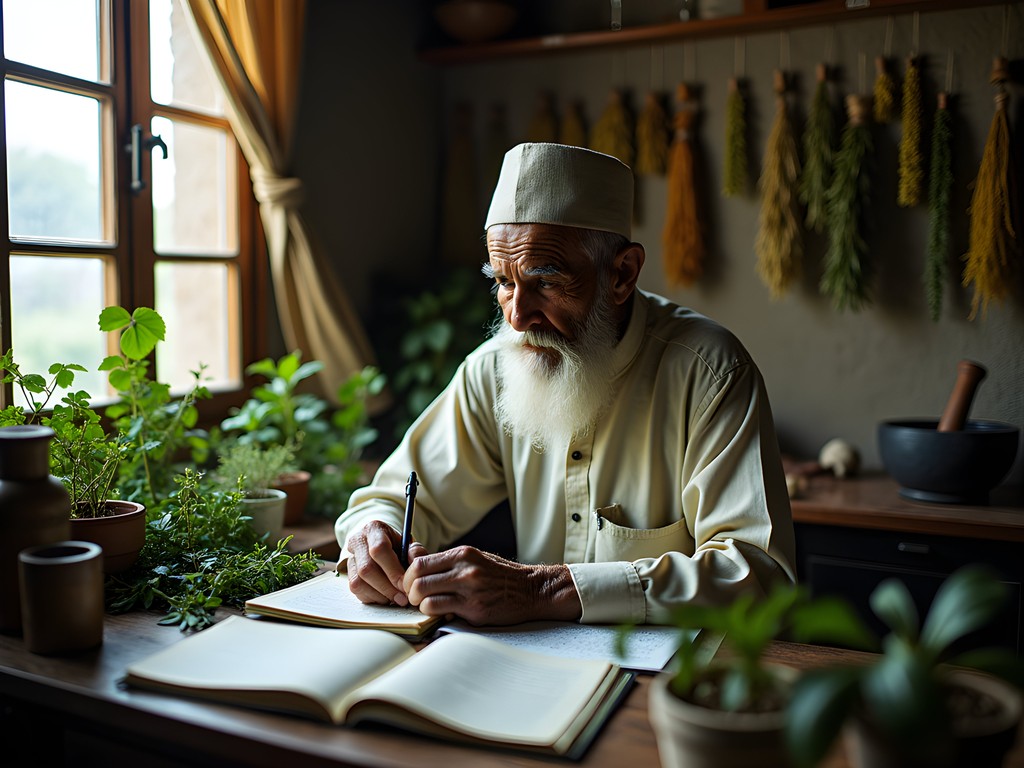
💡 Pro Tips
- Always ask permission before photographing medicinal plants in private gardens
- Bring small notebooks to gift practitioners who share their knowledge—many appreciate having new places to record their observations
- Visit herb markets early morning (6-7am) when suppliers bring the freshest specimens
Final Thoughts
As I boarded my train from Lahore back to Yokohama, I realized that the journey between Faisalabad and Lahore had offered something increasingly rare in our hyperconnected world—an authentic window into knowledge systems that exist largely outside digital documentation. The textile factories of Faisalabad and the Mughal monuments of Lahore tell only part of Pakistan's story. The true cultural wealth lies in the villages between, where traditional knowledge and sustainable practices continue to evolve through lived experience rather than academic study. For travelers willing to slow down and engage with local communities, this region offers profound insights into how traditional wisdom might help address our most pressing contemporary challenges. Whether you're drawn by cultural heritage, sustainable technologies, or simply the warm hospitality of Punjab, the path between these two cities reveals Pakistan's heart in ways no guidebook can capture.
✨ Key Takeaways
- The villages between major cities often hold the most authentic cultural experiences and traditional knowledge
- Sustainable travel in Pakistan is possible through thoughtful transportation choices and locally-owned accommodations
- Winter (November-February) provides the most comfortable climate for exploring both urban and rural Punjab
- Learning even basic Urdu phrases opens doors to experiences most tourists never access
📋 Practical Information
Best Time to Visit
November through February (winter)
Budget Estimate
$30-50 USD per day including transportation and accommodation
Recommended Duration
5-7 days
Difficulty Level
Moderate
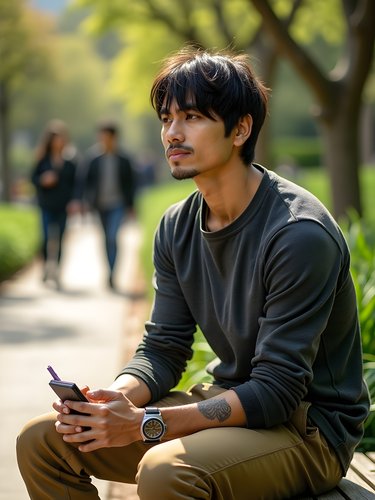
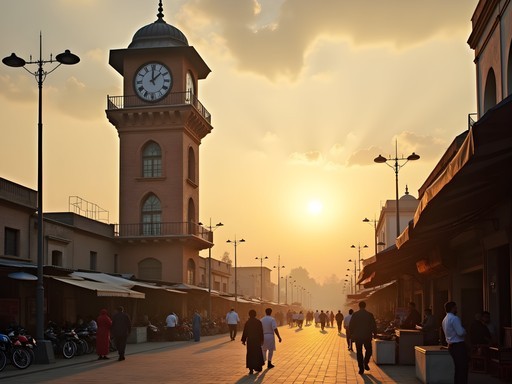
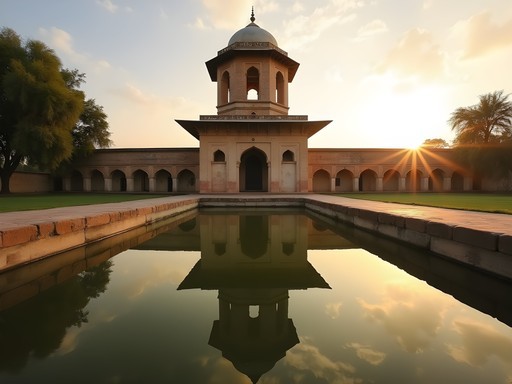
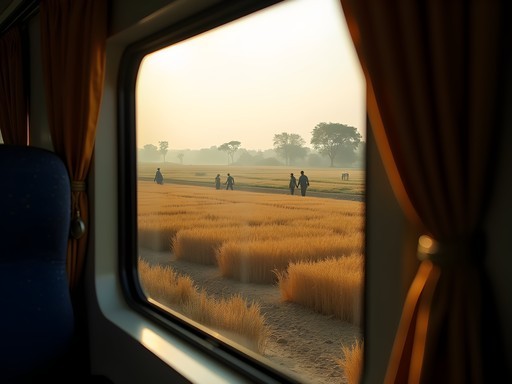
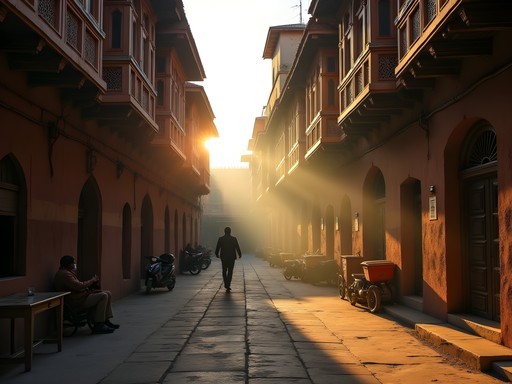
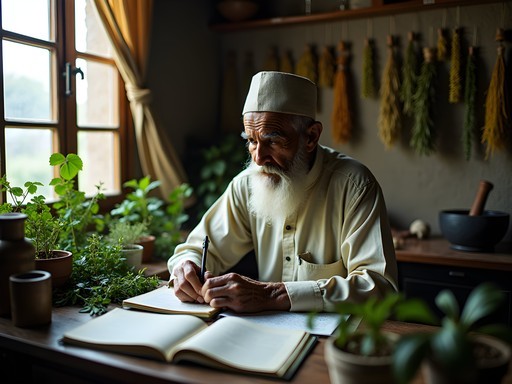


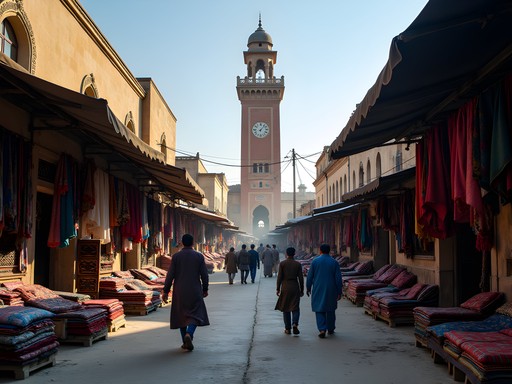







Comments
Kimberly Murphy
Alan, your post brought back so many memories! I'd add that the textile markets in Faisalabad are absolutely worth exploring before heading to Lahore. I spent a morning at Ghanta Ghar (Clock Tower) market and bought the most gorgeous fabrics for literally pennies. The shopkeepers were delighted to explain the different techniques and materials. For anyone making this journey, I'd also recommend breaking it up with a stop at Sheikhupura Fort if you can arrange it - it's between the two cities and much less visited than the sites in Lahore, but fascinating and peaceful.
waveone
I'm planning this trip for December. Is that a good time weather-wise? I heard winters can be quite foggy which affects transport. Anyone have experience with winter travel between these cities? Also wondering if the Daewoo bus station is easy to find in Faisalabad.
coolchamp9954
December is actually pretty nice! Cool but not freezing. Just check fog forecasts before traveling. Daewoo station is super easy to find - any Uber driver will know it.
bluegal
The blog mentions some cultural sites in Lahore, but which ones would you say are absolute must-sees if I only have 2 days there?
dreamlover
Lahore Fort and Badshahi Mosque are non-negotiable! Wazir Khan Mosque is less crowded but stunning. And definitely walk through the old city at sunset - the light is incredible.
bluegal
Thanks! What about food recommendations?
dreamlover
Food Street in the old city is amazing - try the mutton karahi at Andaaz and the sweet jalebi from any vendor. For breakfast, halwa puri at Sadiq Halwa Puri is life-changing!
Hunter Thompson
Alan, mate! This guide is SPOT ON! I did this exact journey last month but in reverse, starting in Lahore. The train was definitely the way to go - I met so many friendly locals who shared their snacks and stories with me despite my terrible Urdu attempts. One tip for budget travelers: there are some decent hostels popping up in Lahore's Gulberg area that aren't mentioned in your post. I stayed at Backpackers Nest which was only 1500 rupees/night with breakfast included. The textile markets in Faisalabad were mind-blowing - I ended up shipping home way too many fabrics! Can't wait to go back and explore more of Punjab.
happyfan
Great post! How much Urdu do you need to know to get around? Is English enough in both cities?
Hunter Thompson
Not Alan, but I was there last month - you can definitely get by with English in hotels and tourist spots, especially in Lahore. Learning basic greetings and thank you in Urdu goes a long way though! I used language guide which was super helpful for markets and local transport.
skyhero
Those street food recommendations are gold!! The Butt Karahi spot in Lahore was the highlight of my trip last year!
waveone
Did you try the brain curry? I've heard it's a specialty but I'm not sure I'm brave enough lol
skyhero
Haha I chickened out on the brain curry but the regular mutton karahi was life-changing! Trust me, you won't regret trying it.
nomadadventurer2679
WOW! Just booked my tickets to Pakistan after reading this!!! Can't wait to explore both cities! Alan, your description of the train journey sounds magical!
Casey Andersson
Alan, your journey reminds me so much of my own experience traveling this route last year! I opted for the premium Daewoo bus service you mentioned and it was absolutely worth the extra rupees. The contrast between Faisalabad's industrial energy and Lahore's cultural richness is striking. I spent three days exploring the Walled City of Lahore with a local guide I met through the Lahore Heritage Walks program - absolutely transformative experience. Did you get a chance to try the breakfast at Waris Nihari near Delhi Gate? That place changed my understanding of Pakistani cuisine completely!
happyfan
Casey - did you feel safe traveling as a solo female? Planning my trip for next month!
Casey Andersson
Absolutely! I found Pakistan incredibly welcoming. Just dress modestly, learn a few Urdu phrases, and respect local customs. I used a local SIM card for maps and stayed in touch with family. The hospitality I experienced was unmatched anywhere else I've traveled.
coolchamp9954
Those photos of the Lahore Fort are incredible! Makes me want to visit Pakistan ASAP.
dreamlover
Just did this journey last month! Alan's tip about the early morning train was spot on - the sunrise over the Punjab countryside was magical. One thing to add: if you're taking the bus, the Daewoo service has a really nice rest stop halfway with clean bathrooms and decent food. The chicken biryani there was surprisingly good for a rest stop!
blueexplorer
Good to know about the rest stop! Planning this trip for October.
Venture X
Premium card with 2X miles, $300 travel credit, Priority Pass